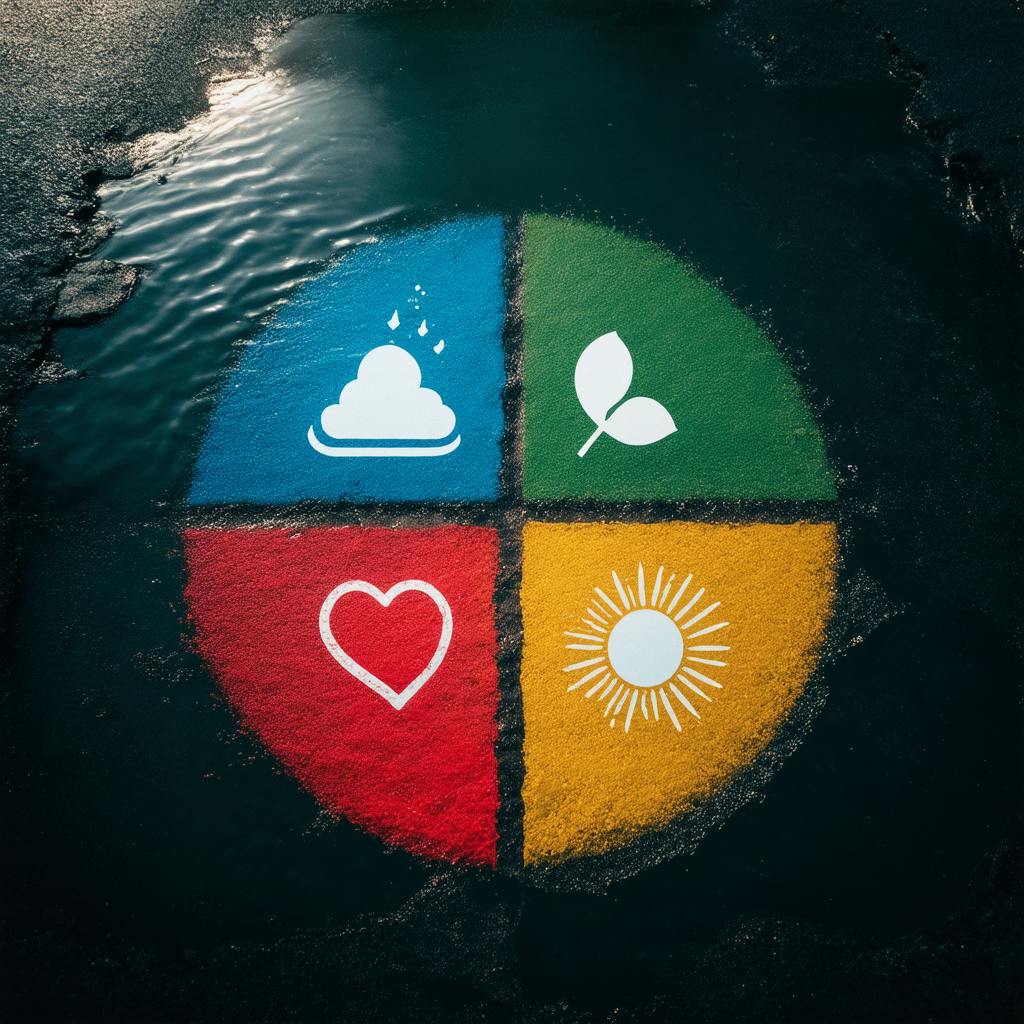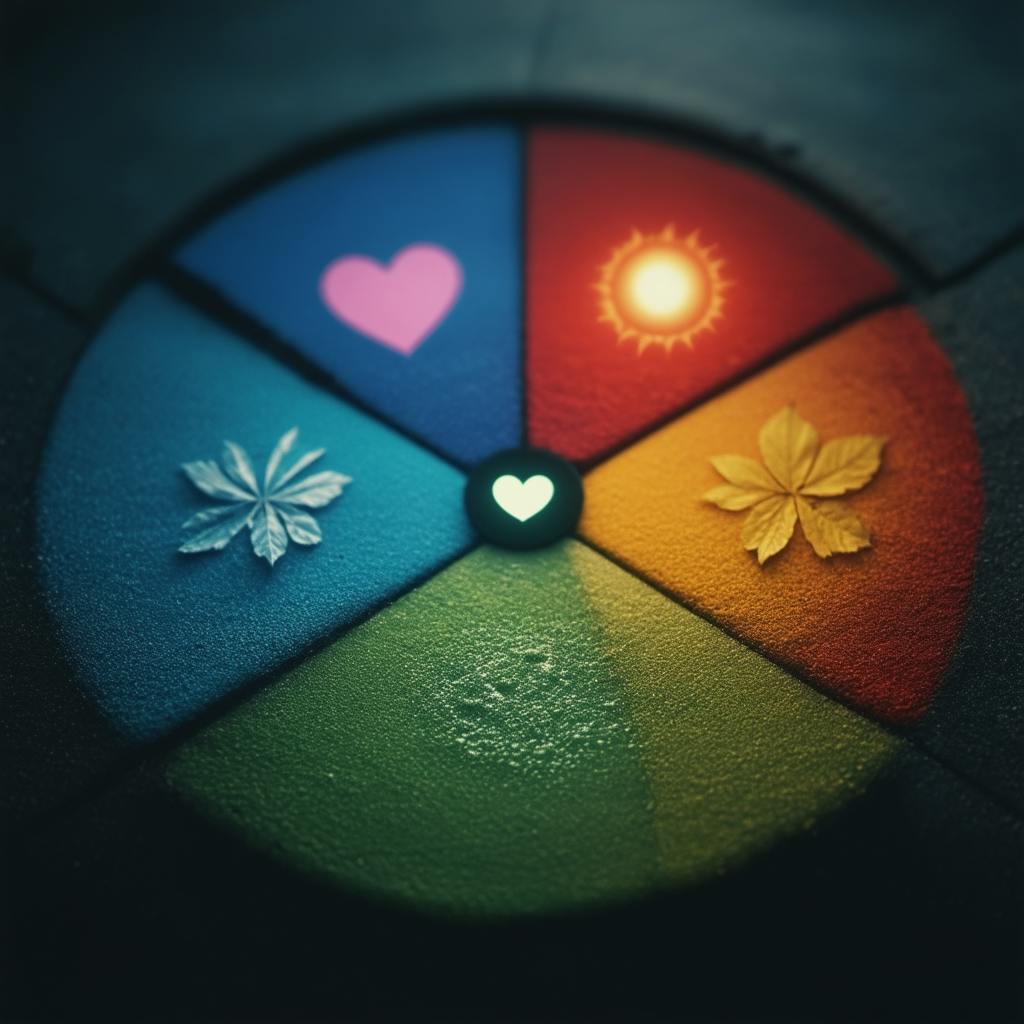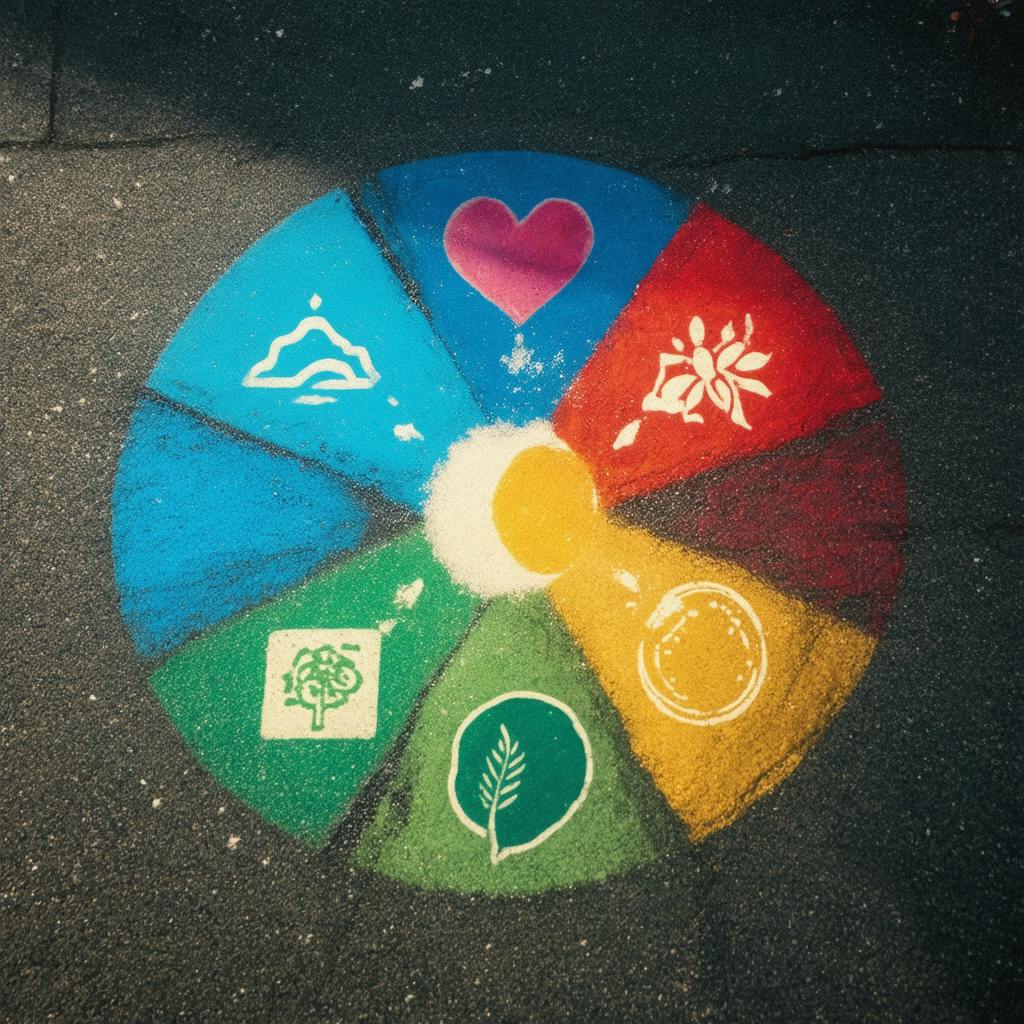In the world of branding and psychology, color is more than just a visual stimulus—it's a powerful communication tool capable of conveying emotions, influencing decisions, and shaping perceptions. Understanding what different colors mean allows businesses to cultivate better branding strategies that can resonate more deeply with their target audience. Whether you're wondering about what blue represents in a business context or seeking to understand the rich tapestry of meanings associated with red, this article delves into the essential meanings behind various colors in branding and psychology.
The Power of Color in Branding
Blue: Trust and Dependability
Blue is often associated with trust, dependability, and calmness. It is a favorite among financial institutions and tech companies such as PayPal and IBM because it conveys a sense of stability and professionalism. Psychologically, blue can lead to feelings of serenity and security. So, what does blue represent in the broader psyche? It suggests reliability and a peace-promoting aura, making it an ideal color for businesses aiming to establish a strong, trust-based rapport with their customers.
Red: Passion and Urgency
In stark contrast, red is the color of passion, excitement, and urgency. It commands attention, hence its frequent use in retail for clearance sales and limited-time offers. While red can evoke feelings of passion and energy, it can also induce a sense of urgency or even anxiety due to its association with warning signs and stoplights. In branding, it can be used effectively to stimulate quick decision-making and convey a bold, passionate brand identity. So, what does red represent? It’s a high-energy color with the power to captivate and motivate action.
Green: Growth and Harmony
Green is synonymous with growth, health, and nature, making it perfect for brands focused on wellness, environment, and sustainability like Whole Foods and Tropicana. It has a calming effect similar to blue but incorporates an element of vitality, symbolic of growth. Psychologically, green represents tranquility and balance, which can be soothing to the human mind. It subtly communicates health and prosperity, which may encourage a positive perception of a brand.

AI made with YK
Other Color Meanings in Branding
Yellow: Optimism and Clarity
Yellow is the color of sunshine, associated with warmth, happiness, and clarity. It’s an eye-catching color that can stimulate mental activity and evoke cheerful emotions, which is why brands like McDonald's and IKEA incorporate it into their marketing. However, excessive use can lead to feelings of restlessness or anxiety, so it should be used judiciously.
Black and White: Sophistication and Purity
Black is a color of sophistication, elegance, and power. It's used by brands who want to convey luxury or mystery, often found in the branding of high-end fashion houses like Chanel. Conversely, white is associated with purity, cleanliness, and simplicity, making it ideal for brands in tech or health sectors that emphasize innovation and minimalism.
Purple: Creativity and Royalty
Purple is imbued with creativity, luxury, and a hint of mystery due to its historical association with royalty and spiritual enlightenment. It's often employed by brands seeking to appear premium or imaginative, such as Hallmark or Cadbury. Psychologically, it may foster a sense of creativity and introspection.
FAQ: The Meaning of Colors in Branding and Marketing
What is the psychological meaning of different colors in branding?
In branding, color psychology refers to the study of hues as a determinant of human behavior. Colors can significantly affect perceptions and behaviors, influencing decision-making, mood, and even physiological responses. Brands use colors tactically to evoke specific emotions and convey certain messages. Understanding the psychological underpinnings of color helps brands establish identity, communicate more effectively with their audience, and create a lasting impression.
How does color psychology affect branding and marketing?
Color psychology plays a crucial role in branding and marketing for several reasons:
- Emotion and Connection: Colors evoke emotions and associations, allowing companies to forge emotional connections with consumers. For example, a brand wanting to exude trust and reliability might opt for blue, often linked to these qualities.
- Recognition and Recall: Consistent use of color enhances brand recognition. Consumers can sometimes identify a brand by its color alone, which is vital for recall and differentiation in a competitive market.
- Perception of Value and Quality: Colors can influence the perceived value and quality of a product or service. Luxurious brands might choose black to signify sophistication, while eco-friendly companies might favor green to highlight their commitment to sustainability.
- Behavioral Influence: Colors can prompt certain actions, such as purchasing behaviors. For instance, red is often used in call-to-action buttons because it evokes urgency and stimulates impulsive actions.
What does each color symbolize in branding and marketing?
- Red: Symbolizes passion, energy, and urgency. It captures attention, stimulates appetite, and is often associated with excitement. Brands like Coca-Cola and Red Bull use red to convey dynamism and boldness.
- Blue: Conveys trust, reliability, and calmness. It's a favorite in industries like technology and finance, where stability is key. Think IBM or American Express, which utilize blue to assure dependability.
- Green: Represents nature, health, and tranquility. It's widely used by environmentally-friendly and organic-focused brands such as Whole Foods to emphasize their connection to nature and wellness.
- Yellow: Evokes warmth, cheerfulness, and optimism. It catches the eye quickly but can be overpowering in excess. Brands like McDonald's and IKEA use it to project positivity and attract youth.
- Orange: Combines the energy of red and the happiness of yellow, symbolizing enthusiasm, creativity, and adventure. Brands like Nickelodeon and Fanta use orange to embody fun and excitement.
- Purple: Associated with luxury, royalty, and creativity. It's often used to suggest sophistication and exclusivity, as seen with brands like Cadbury and Hallmark.
- Black: Signifies elegance, power, and sophistication. Luxury brands like Chanel and Lamborghini use black to denote exclusivity and timelessness.
White: Represents purity, simplicity, and cleanliness. Often used by minimalist and health-focused brands, such as Apple, to convey a clean and modern aesthetic. - Pink: Associated with femininity, playfulness, and warmth. Brands targeting younger demographics or women, like Barbie and Victoria’s Secret, leverage pink to appeal to their markets.

AI made with YK
How do different colors impact the perception of a brand?
Colors shape a brand's identity and significantly influence how it is perceived in the market. For instance, a blue-themed tech company might be perceived as more reliable and trustworthy than one using various colors chaotically. Likewise, a brand using earthy tones may be seen as eco-friendly, appealing to consumers with a preference for sustainable practices.
While the meanings of colors can vary across cultures, thoughtful color selection can reaffirm a brand's values and ethos. Consistent color branding fosters consumer trust, assists in emotion-driven marketing, and can even influence purchasing decisions by aligning with consumers’ subconscious preferences and expectations.
Conclusion
Understanding what different colors mean is crucial for those involved in branding and marketing. Each hue carries its own set of psychological implications and branding potential. From the dependability of blue to the urgency of red, and the creativity of purple, colors embody different emotions and messages that can significantly enhance or detract from a brand's identity. Employing the right color strategy can help businesses not only stand out in the marketplace but also connect with audiences on a deeper emotional level. With insights into what different colors mean, businesses can harness the power of color to craft more compelling and effective branding strategies.

